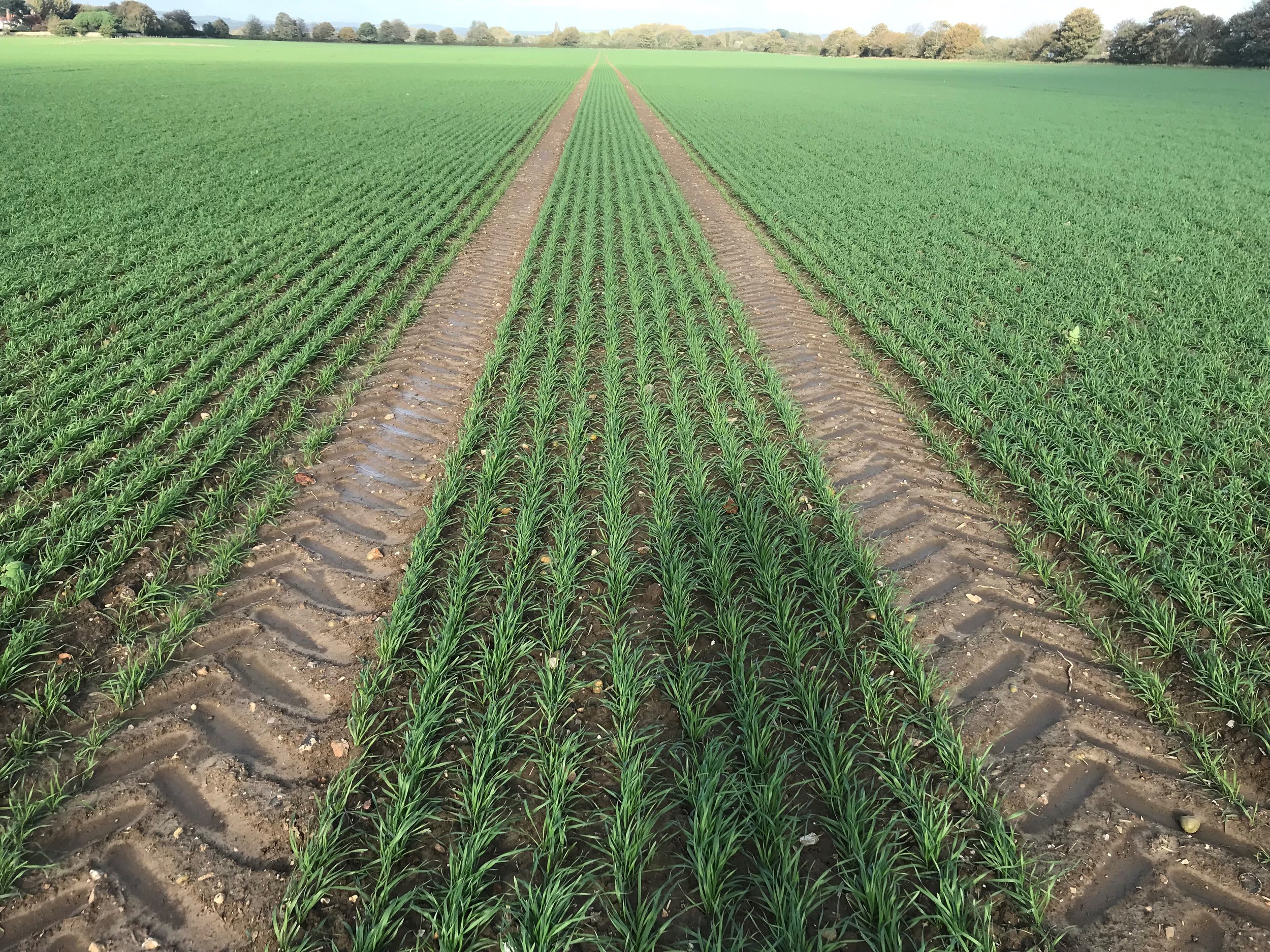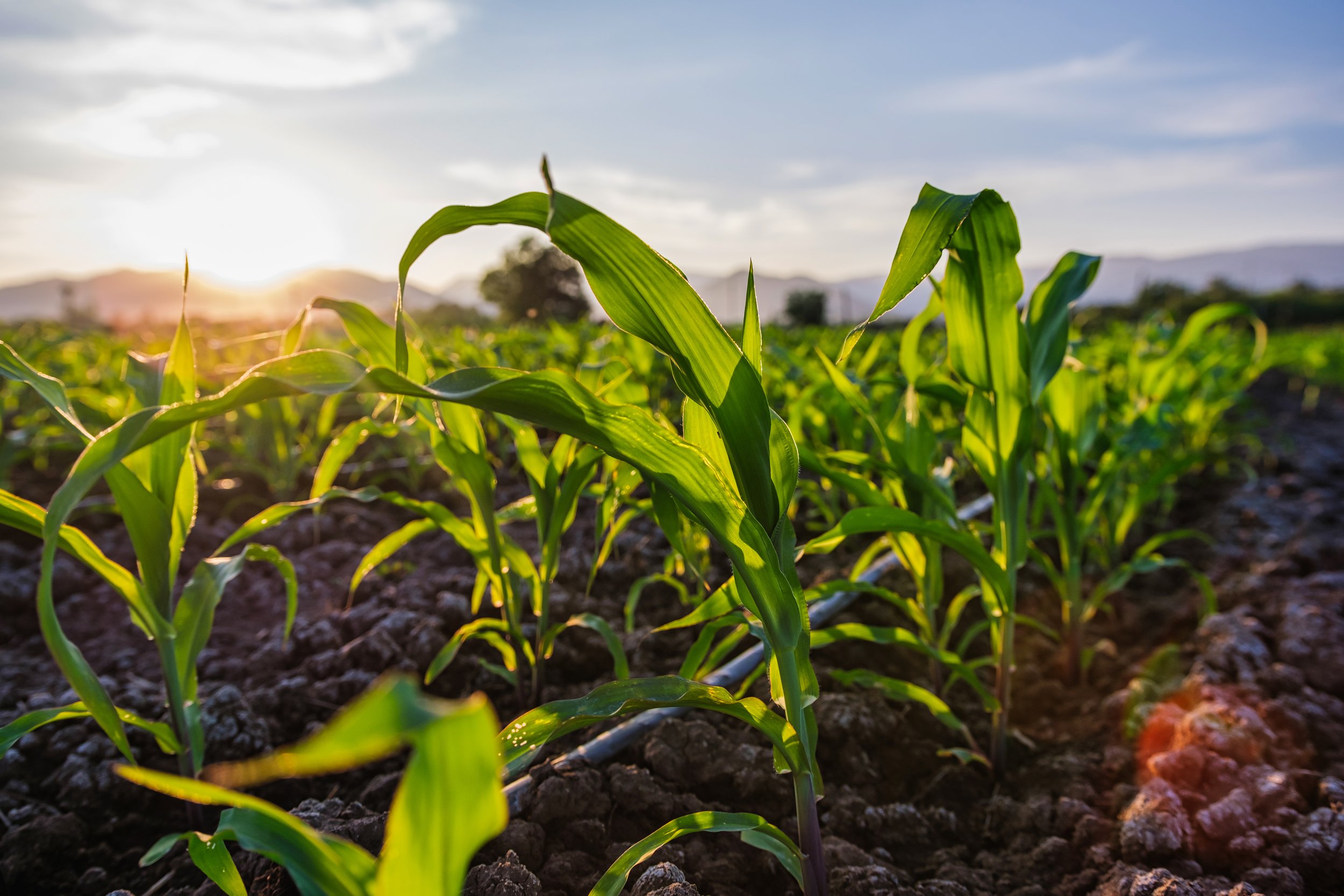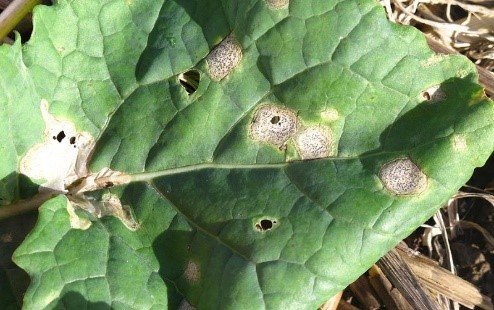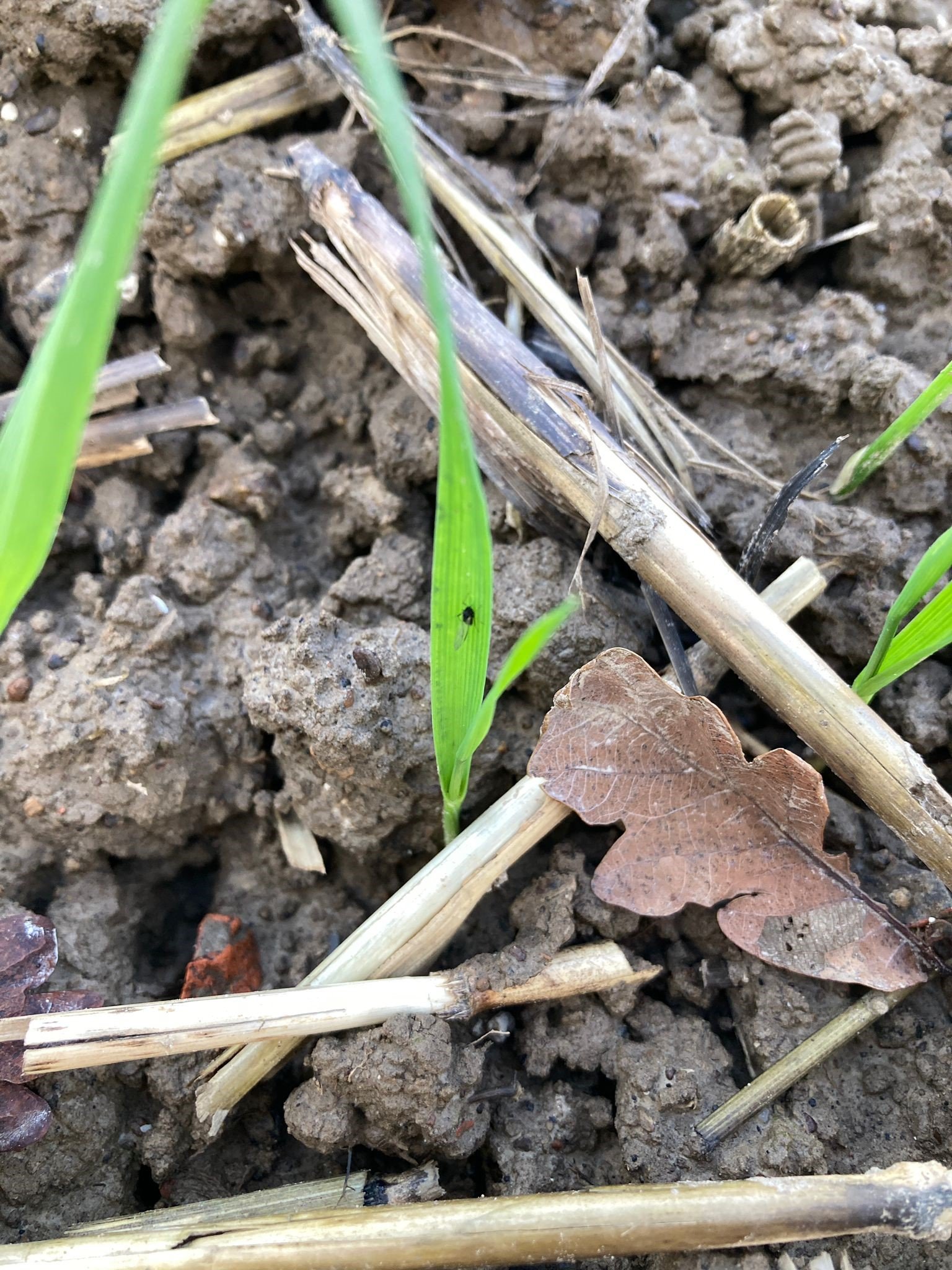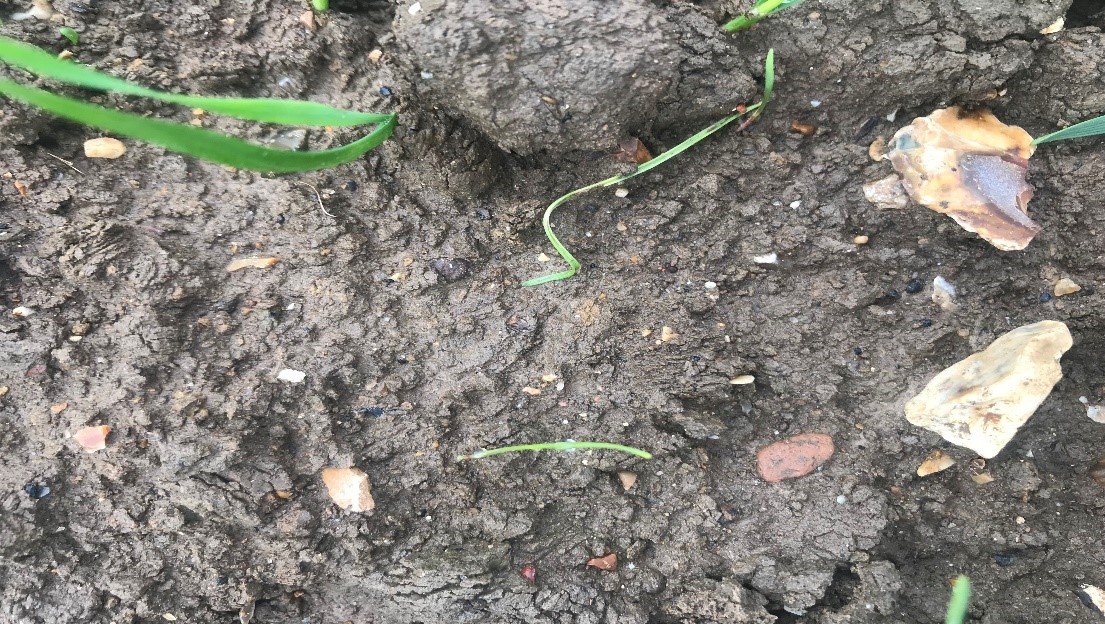October 2022 Company Newsletter
Agronomy
The Autumn sowing campaign is now either finished or getting very close to the end with the growing conditions being close to ideal for many crops. There are many fantastic looking fields across the region, which given the old saying of “well sown is half grown” gives us a solid platform to build on for next Harvest.
Winter Cereals
Last month we looked at encouraging strong early growth and its importance later in the crop’s life. The most accurate way to do this in the Autumn is tissue test the young Cereal seedlings to establish the balance of key nutrients inside them, any remediation required can be covered from our wide range of micronutrients and is easily added to routine BYDV sprays for convenience.
Oilseed Rape
Oilseed Rape crops are well developed in most areas now as well with crops ranging from 4 to 8 leaves in size. The pre-Christmas period is extremely important time, as it is at this time that the crop will set its flowering sites for the coming season. For this to be its most effective everything needs to be in balance, particularly Boron. As with Cereals a tissue test is the most effective way to identify any problems.
Trials and Research update
We have now successfully completed our largest Autumn drilling campaign so far, with over 1000 plots established for a wide range of trials including Blackgrass control, Seed rates, Seed dressings, Varieties and crop nutrition.
Many thanks to everyone who has helped us achieve this and we look forward to bringing you regular updates in the future.
Fertiliser
Nitrogen production has been restarted in parts of Europe with the recent softening of the European Natural Gas prices.
The volumes of European Nitrate production will be significantly reduced. We are not expecting much in the way of exports, as their domestic market’s requirements will take a priority. It must be noted that Europe still faces significant risks to its natural gas supplies this winter, after Russia cut off most pipeline shipments and are now reliant on more expensive liquid gas that comes in via ships. Markets are expecting higher gas prices once temperatures fall & demand increases.
International Urea prices have generally softened recently due to the lack of trade, however Egyptian prices remain relatively stable even with the lack of activity. European demand is still well behind, with France only at 15% of the market covered. This indicates market recovery in Q4 2022 to Q1 2023 as buyers have to step in.
Seed
With the Autumn campaign now drawing to a close, we will be launching our Spring campaign on the 2nd of November and will be able to quote for all Spring Cereal and Bean requirements from then onwards.
Our spring offering will concentrate on reliable Spring Barleys able to attract the best premiums. New market places opening for spring milling oats are likely to attract premium prices for the right qualities. Spring Wheat varieties will also be on offer and a selection of Pulses and Brassicas to fit your requirements.
Now is an ideal time to start thinking about Maize for next spring – order early to secure your chosen variety. Our Maize booklet will be out soon, packed with sowing and growing information, a range of varieties, post Maize options and Fertiliser information.
Forage crops may be reduced due to the dry conditions experienced over the summer. Late sown options can include Forage Rye, Westerwolds or Italian ryegrass as they are quick to get growing and will provide cover over winter. While soil temperatures remain warm, Grass Seed mixes can still go in, but avoid using mixes containing clover. We have good stocks of mixtures available, ready for immediate dispatch.
Crop Protection
With a busy drilling season coming close to an end, the next round of Autumn jobs is just starting.
With the continuing warm and wet weather conditions Oilseed Rape needs regular inspection for Phoma lesions, treatment threshold is 5-10% plants affected, smaller leaved crops are at higher risk than the larger ones. Treatment with the appropriate Fungicide will help to minimise the impact of this disease.
Winter Cereals
With cereal crops now emerging it is very important to monitor for Aphid activity, BYDV can be a devastating virus if it gets into the crop. Regional traps are still indicating Aphid activity and the usual product timing for this is 2 leaves of the growing or earlier if pressure is higher.
Early post emergence is also the time to evaluate the performance of your chosen Herbicide programme. First indications from the field we had so far is of good activity with the new chemistry options performing particularly well (see below). However, any follow ups that may be required ideally need to be applied to the target Grassweeds before they begin to tiller to ensure maximum efficacy.
Always read the label before any applications and consult your Bartholomews Agronomist for further advice.
Crop Marketing
Since late August, conjecture around the Black Sea grain corridor’s future beyond the 20th November has given several weeks of market volatility, and almost £30/MT rally for London November 22 wheat, moving from a low of £252 on the 19th August to a high of £295 on the 10th October.
Most now expect the Black Sea Corridor to be extended more or less intact, as price levels have returned to the range set during post-harvest trading.
We have also seen an exceptionally volatile period for exchange rates; however markets have been calmer in recent days as Rishi Sunak comes into power.
Domestic feed grain consumers remain absent from the UK market. With good availability, poor demand and every chance markets will ease as supply builds, they are likely to keep to the tactic of buying in the spot position when they need it.
London November 22 wheat futures are now in their tender period, and what a rollercoaster it has been on! From the lows of January 2022 at £190, to it peaking on the 17th May at £360, looking like it will expire in and around £260. We might not see anything like that again!
Feed
Pioneer Silage Additives
Focus on Maize Additive; we are pleased to offer growers the benefits of Pioneer 11C33 Rapid React and 11A44.
The previous version of Pioneer Brand 11C33 took up to 6 weeks for the Lactobacillus Buchneri strain to generate the compounds that made the silage aerobically stable. The rapid acting strain of L. Buchneri in 11C33 Rapid React ensures the maize silage is aerobically stable from as soon as seven days after ensiling. Pioneer 11C33 Rapid React, Reduces Aerobic Heating and reduces fermentation Losses. Fermentation Improvement: Where there is a forage shortfall (reduce clamp shrinkage) when feeding is to commence a week after ensiling.
Where heating losses are the major cause of energy loss then Pioneer 11A44 has proven to dramatically reduce heating in maize and crimped grain silages by suppressing yeast and moulds. Pioneer 11A44 Reduces Aerobic Heating
Strong Heating Challenge: Slow feed-out rate, Lack of compaction, Long chop length, Summer feed-out, High dry matter situations, Leaf disease on crop.
Focus on Grass Silage Additive; To maximise your grass silages potential with improved fermentation, and an acid profile that minimises dry matter losses.
Pioneer 1188 contains four strains of Lactobacillus Plantarum and two stains of Enterococcus Faecium which work across a range of PH from 7 to 3.8. These bacteria are Homofermenters which produce Lactic acid for a stable fermentation, as opposed to natural occurring Hetrofermenting bacteria which can produce Acetic, Lactic, Co2, H2o. These bacteria can work on different sugars, sucrose, fructose etc and multiply rapidly which helps reduce Protein breakdown and Clostridia.
Homofermenters also use less sugar to produce lactic acid.
In trials Pioneer 1188 has shown reduced dry matter losses with more effective fermentation through lactic acid production, less effluent by reducing prolonged respiration. (heat, Co2, water)
An increase in digestibility by using less sugar in the fermentation, reduction in ammonia by dominating the fermentation through slowing clostridia activity, with less shrinkage by quickly achieving a stable PH.
Pioneer 11G22 Rapid React contains Lactobacillus Plantarum, Enterococcus Faecium with the addition of Lactobacillus Buchneri for improved stability at feed out for silages of higher dry matter, which are prone to heating and spoilage. Rapid React stability technology provides a greater aerobically stable feed which can be fed seven days after ensiling, in addition to all of the benefits of 1188 the 11G22 inoculant will inhibit the development of yeast and lactic acid utilising bacteria. Trials have shown 11G22 has seen grass silage still cool 6 days after exposure.

